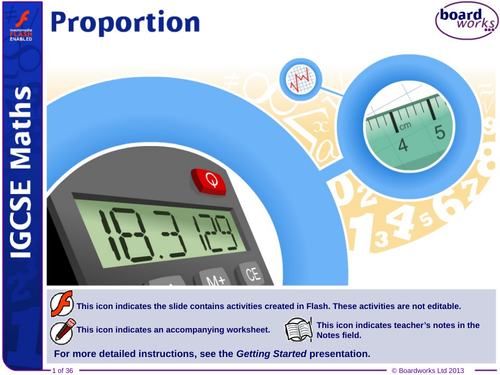AlukoSayoEnoch TES_Shop
I have over 10 years teaching experience as a teacher of Mathematics, 2-years as a teacher of ICT, acquired experience with SEN. I am also a member of the board of the Oxford and Cambridge Assessment Specialist Team (CIE/OCR/AQA Assistant Examiner). Besides, my experiences with the St Benet Biscop Catholic Academy (Secondary Teacher of Mathematics); Newcastle Royal Grammar School- (Secondary Mathematics, IGCSE and A-Level Visiting Lecturer). Sunderland College -GCSE Mathematics Lecturer





![Construction Part 2 [Checkpoint, IGCSE, PSAT Exam Style Questions]](https://d1e4pidl3fu268.cloudfront.net/917f49e7-e696-4ef6-b822-d7ee165c3033/DesktopReal.crop_730x547_176,0.preview.png)
![Approximation and Estimation Questions [Upper and Lower Bound]](https://d1e4pidl3fu268.cloudfront.net/f2f43a52-a2f9-40d6-a377-6d242bc2a37f/DesktopReal.crop_730x547_173,0.preview.png)
![Set Theory: [GSCE, IGCSE, IB, PSAT, and AISL - Exam Style Questions]](https://d1e4pidl3fu268.cloudfront.net/9566a1dc-5e4e-4659-b107-d93a6392e10a/DesktopReal.crop_730x547_175,0.preview.png)

![Circle Theorems: IGCSE, GCSE, IB, PSAT and AISL [Exam Guides Complete Learning Resource]](https://d1e4pidl3fu268.cloudfront.net/4f01c44a-ff98-47f6-954c-60ec8b318888/DesktopReal.crop_730x547_177,0.preview.png)











